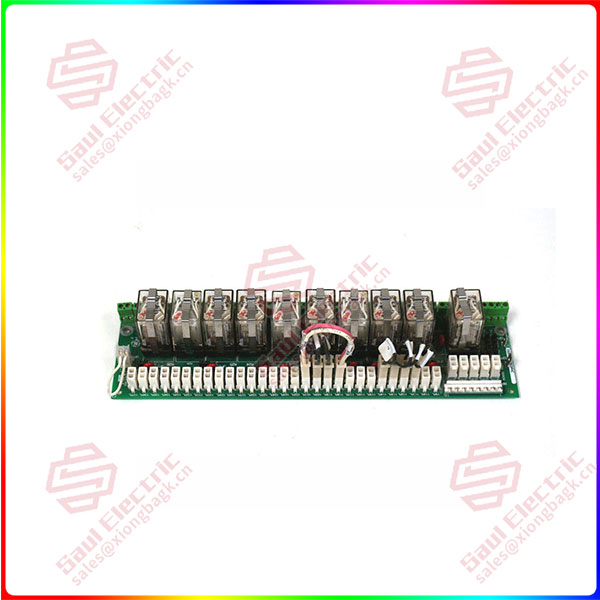3.2 Hollow cup motor: winding is the core barrier, optimistic about domestic enterprises to break through the winding barrier
The hollow cup motor is a DC permanent magnet servo and control motor, which can also be classified as a micro motor. The hollow cup motor is mainly composed of rear cover, terminal, brush end cover, brush, commutator, cup winding (rotor), rotating shaft, washer, sliding shaft bearing, housing, magnet (stator), flange and positioning ring. The stator consists of a permanent magnet, a shell and a flange. The housing provides a constant magnetic field so that the motor has no iron loss. No soft magnetic teeth. The resulting torque is uniform and runs smoothly even at low speeds. At higher speeds, the motor can reduce vibration and reduce noise.

DS200RTBAG3AHC
In terms of classification, the hollow cup motor can be divided into brush and brushless two kinds, brush hollow cup motor rotor without iron core, brushless hollow cup motor stator without iron core: 1) Brush hollow cup motor: The hollow cup DC brush micromotor uses mechanical commutation, the magnetic pole is not moving, and the coil rotates. When the motor is working, the coil and the commutator rotate, the magnetic steel and the carbon brush do not rotate, and the alternating change in the direction of the coil current is accomplished by the commutator and the brush rotating with the motor. In the process of rotation, the carbon brush will be rubbed, causing loss, and the carbon brush needs to be replaced regularly. The on-off alternations between the carbon brush and the coil connector will cause electrical sparks, generate electromagnetic waves, and interfere with electronic equipment. 2) brushless hollow cup motor: brushless hollow cup DC motor takes electronic commutation, the coil does not move, and the magnetic pole rotates. The brushless hollow cup DC motor uses a set of electronic equipment to sense the position of the magnetic pole of the permanent magnet through the Hall element, and according to this perception, the electronic circuit is used to switch the direction of the current in the coil in a timely manner to ensure that the magnetic force in the correct direction is generated to drive the motor. Because it is self-controlled operation, it will not add another start winding group on the rotor like a synchronous motor started under frequency conversion speed regulation, and will not produce oscillation and out-of-step when the load changes.
Compared with ordinary motors, the hollow cup motor does not contain an iron core, which improves the performance of the motor. The hollow cup motor has the advantages of high energy conversion efficiency, rapid starting and braking, fast response and reliable operation stability, and small wave movement of speed, so it is suitable for systems requiring rapid response, such as rapid adjustment of the missile flight direction, follow-up control of high power optical drive, fast automatic focusing, highly sensitive recording and detection equipment, industrial robots, bionic prosthesis and so on. In the Tesla humanoid, the hollow cup motor can be applied to the hand to meet the need for rapid response to hand movements.
 1 Year Warranty
1 Year Warranty





